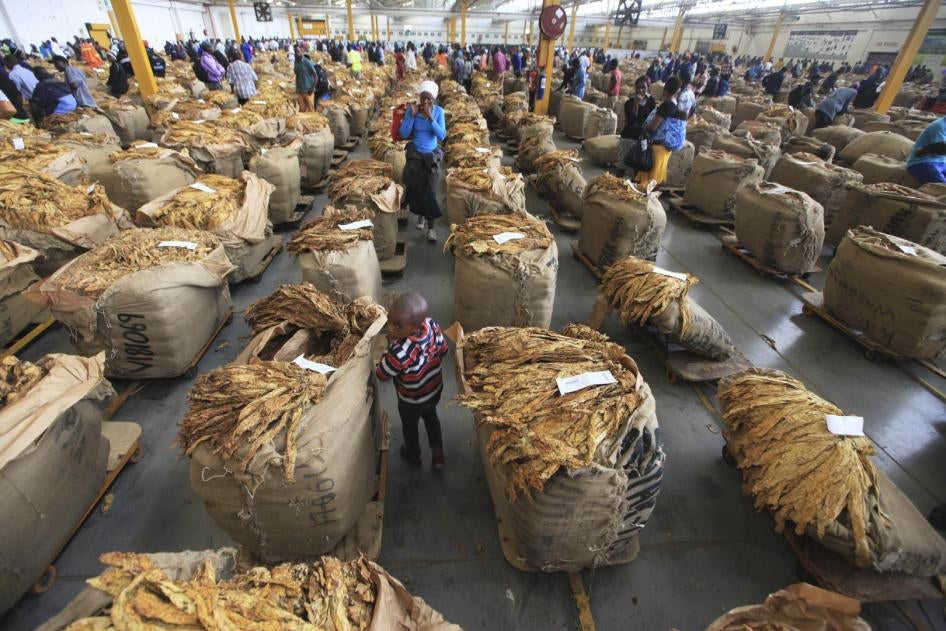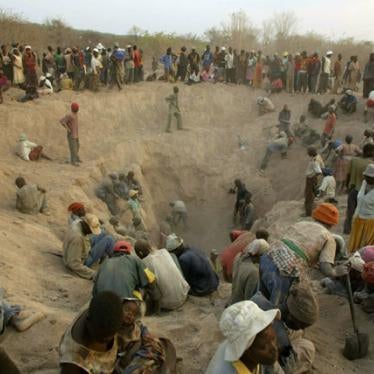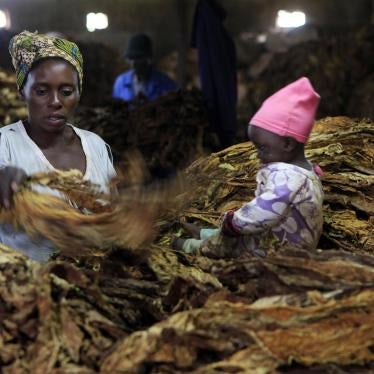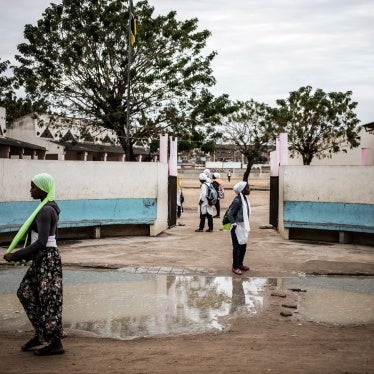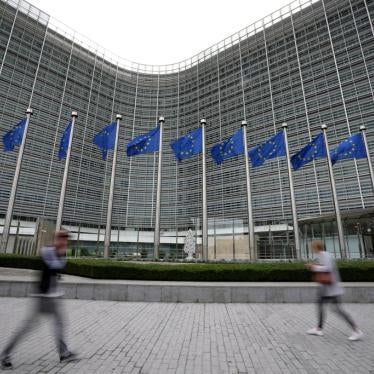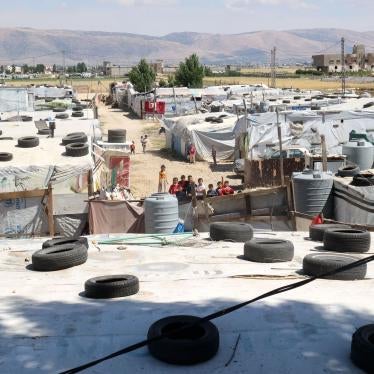Today is the World Day Against Child Labor, and this year’s theme highlights the global need to improve the health and safety of young workers and eradicate hazardous child labor.
Worldwide, about 73 million children work in hazardous conditions. The International Labour Organization (ILO) estimates a staggering 22,000 children are killed at work every year. Children who work often miss out on an education, and studies show they are less likely to find decent-paying jobs as adults. Human Rights Watch has documented the risks child workers face in agriculture, mining, the apparel industry, and other sectors.
On tobacco farms in Zimbabwe, Indonesia, and the United States, Human Rights Watch found that child workers face significant health risks from exposure to nicotine and toxic pesticides. Last year, we spoke to 15-year-old “Davidzo” who worked on a Zimbabwe tobacco farm. “The first day I started working in tobacco, that’s when I vomited.” He said he felt especially sick when he carried the harvested leaves. “I started to feel like I was spinning,” he said. “Since I started this [work], I always feel headaches and I feel dizzy.”
Like Davidzo, many child workers told us they experienced nausea, vomiting, headaches, and dizziness – all symptoms consistent with nicotine poisoning – after handling tobacco leaves. Children are particularly vulnerable to toxic chemicals because their bodies are developing.
In small-scale gold mines in Ghana, Mali, Tanzania, and the Philippines, Human Rights Watch documented how children work in underground pits, and have sometimes been killed when pits collapsed. Children use toxic mercury to process gold, without being aware that mercury can cause brain damage, and even kill.
Governments should take comprehensive action to regulate industries to prevent child labor, and businesses should conduct human rights due diligence, including monitoring child labor throughout their supply chains. Unfortunately, at present, governments and companies do not do enough to ensure rights are respected in supply chains, as our recent work on 13-well known jewelry companies shows. We found most companies are unable to identify where their gold and diamonds are sourced.
Human rights law leaves space for children older than 15 to work, as long as the jobs are safe and do not interfere with schooling – such work might actually benefit them. But no child should ever have to suffer injury, illness, pain, or even death in a dangerous workplace. We owe it to kids to protect them from these perils.

